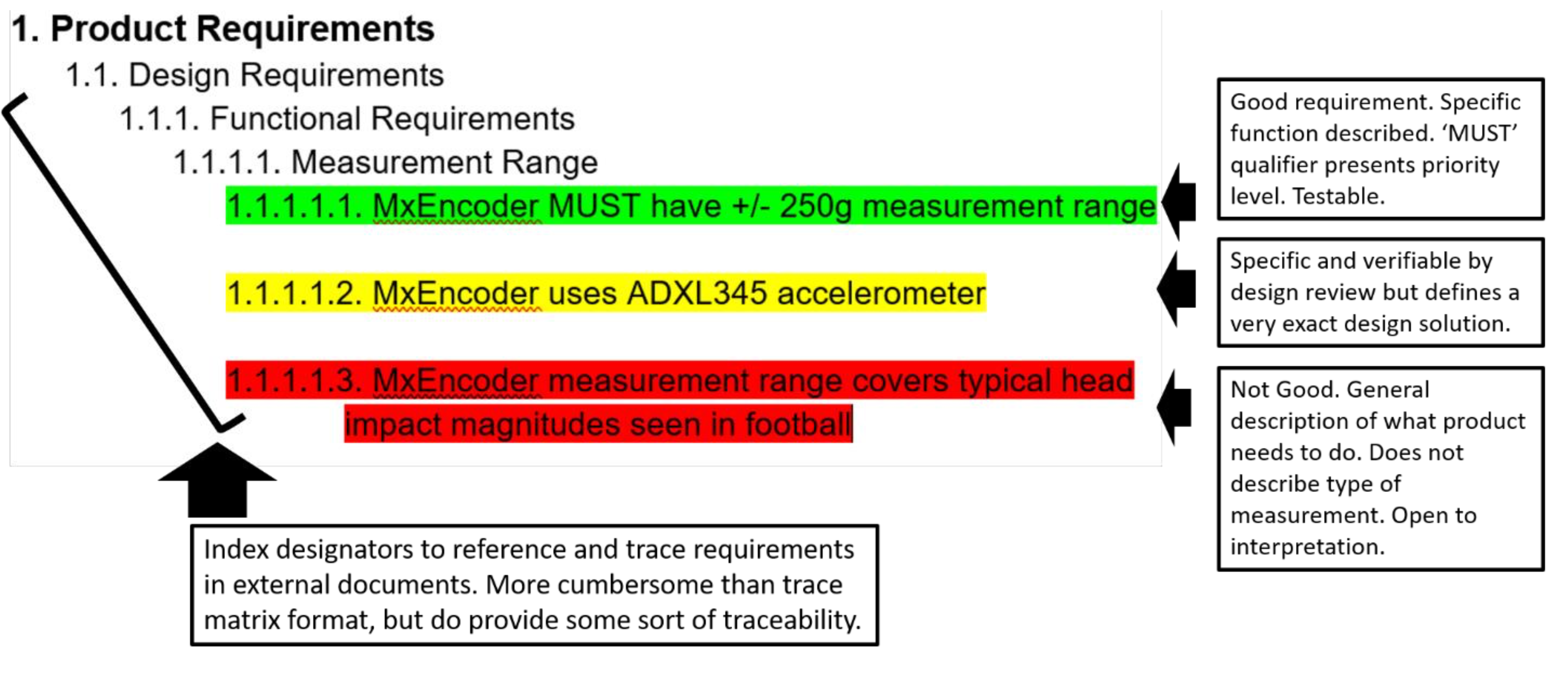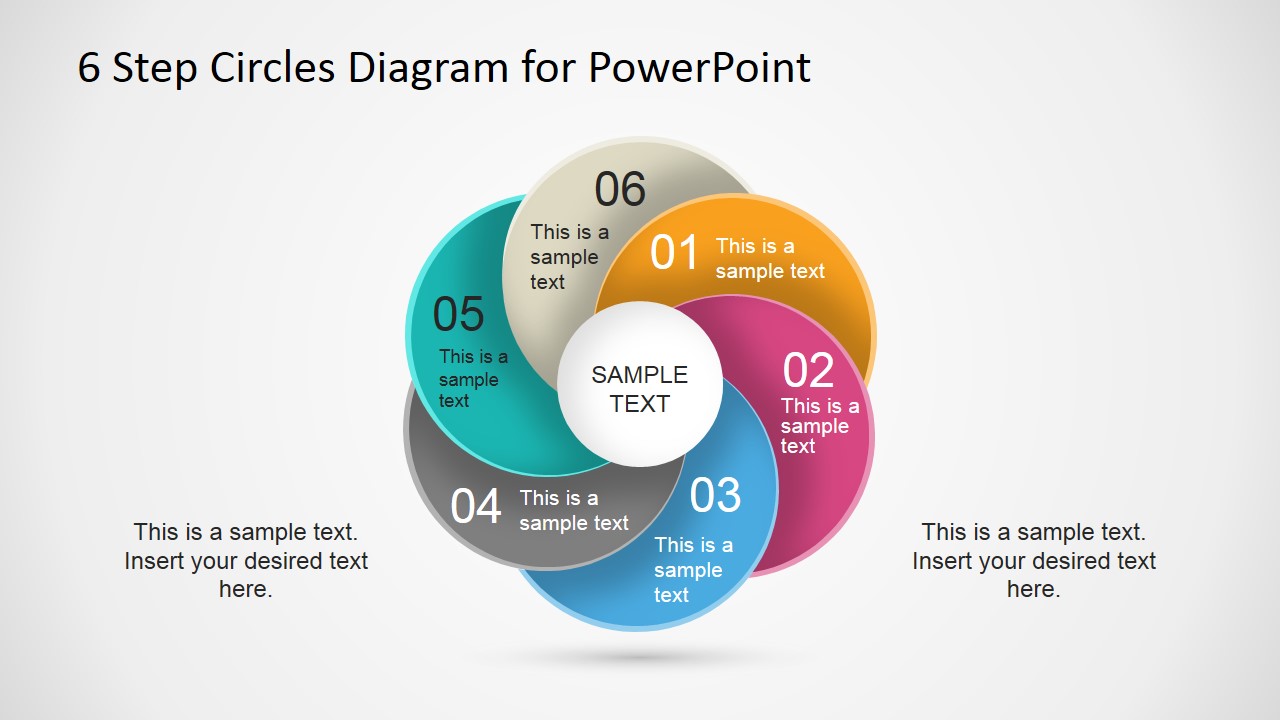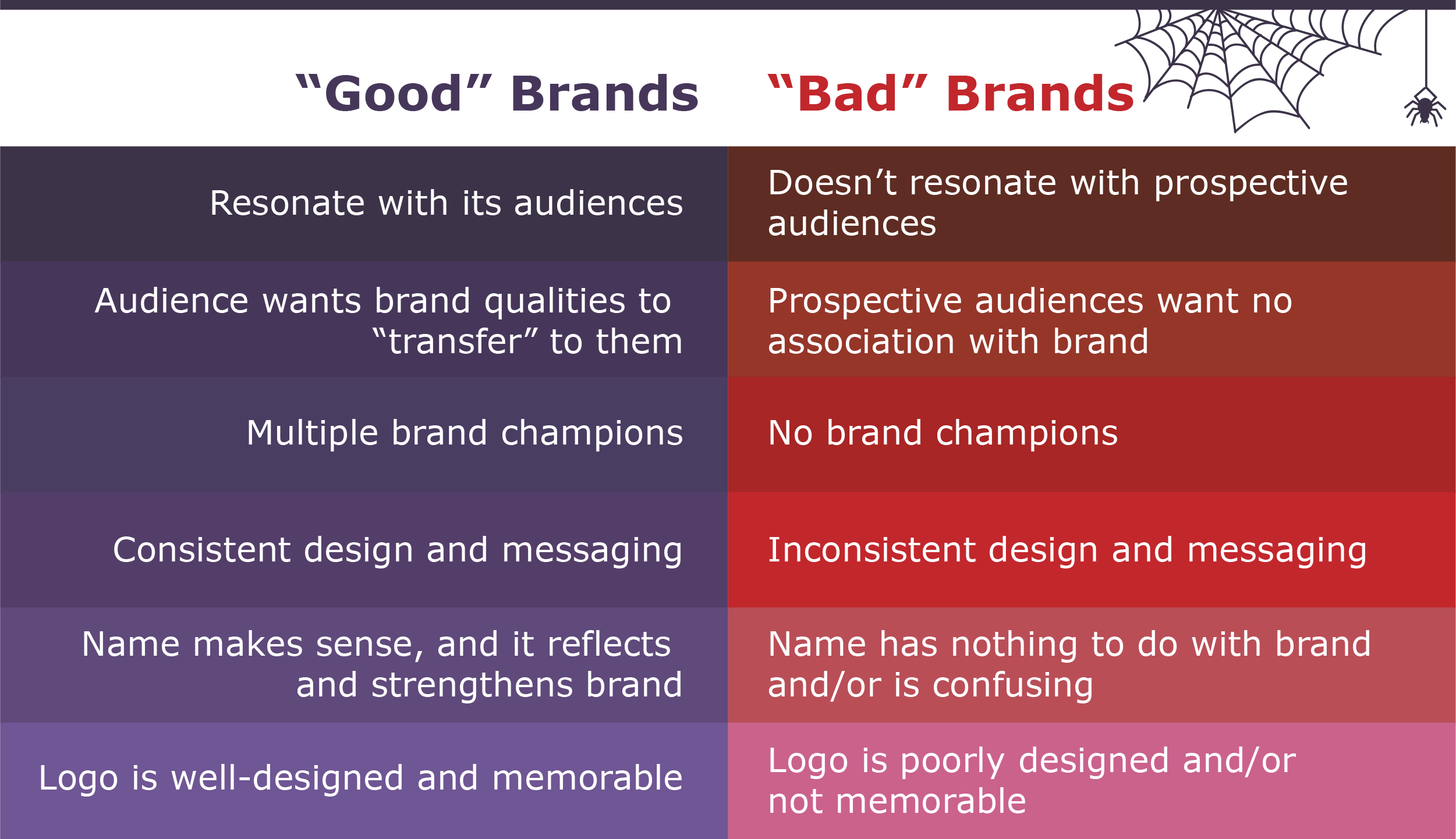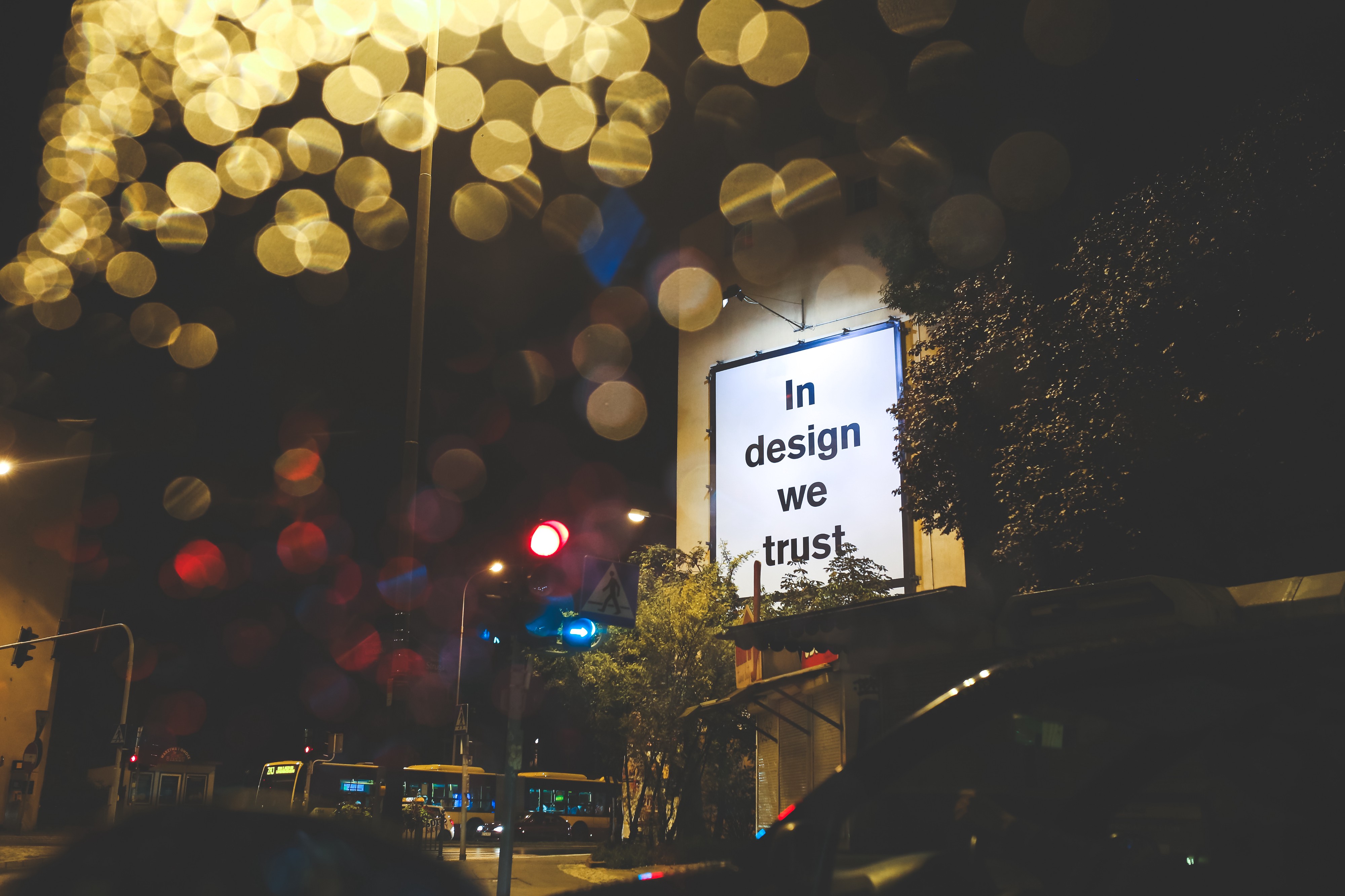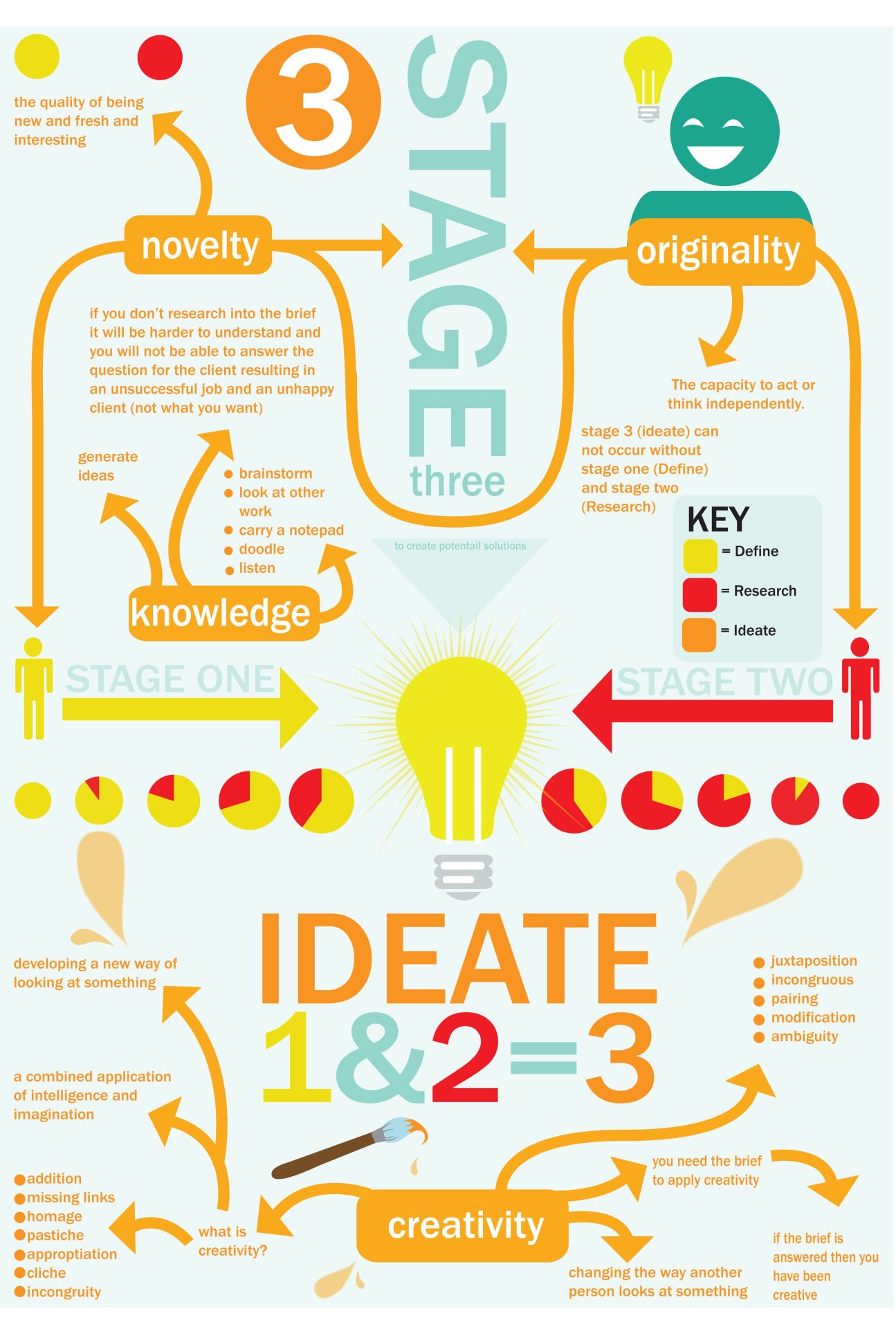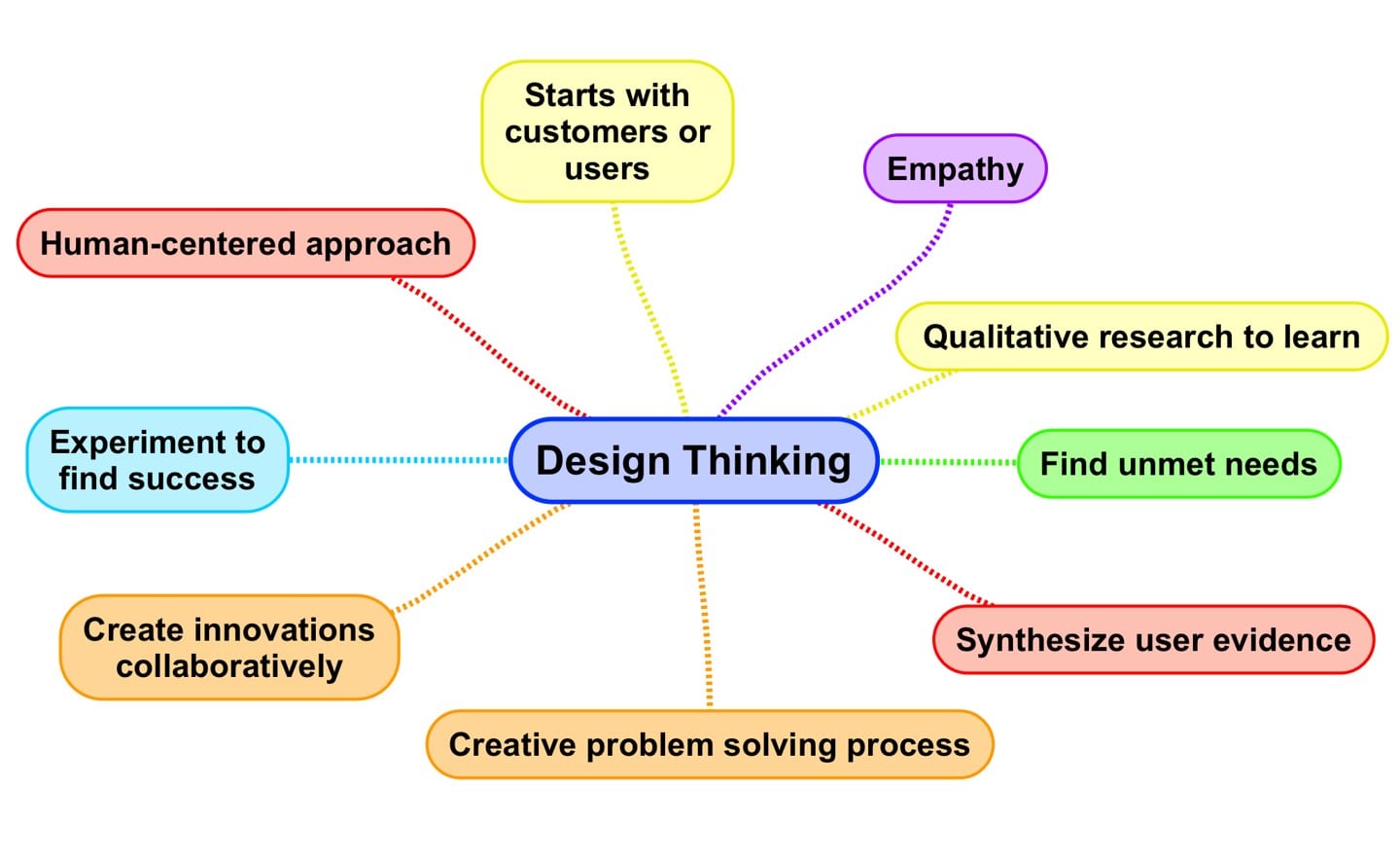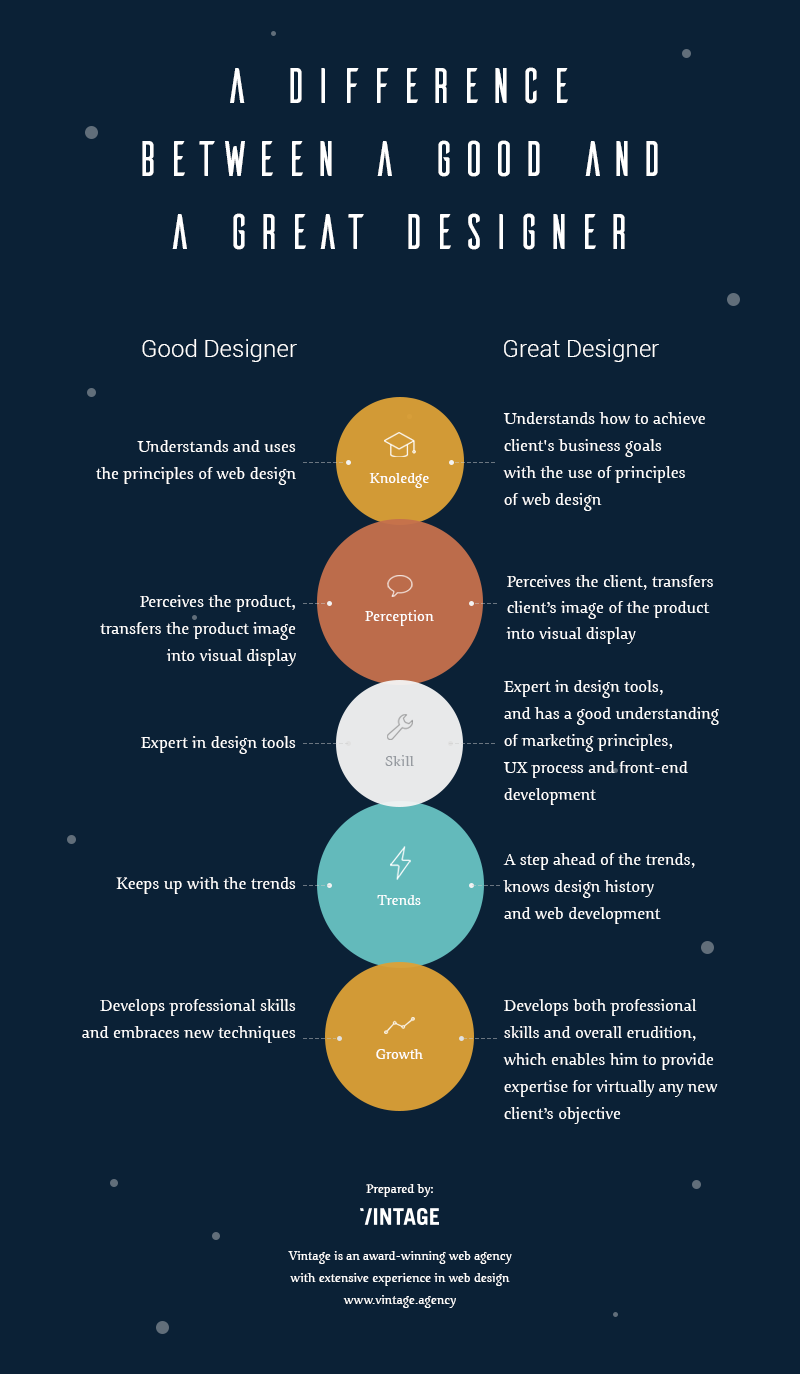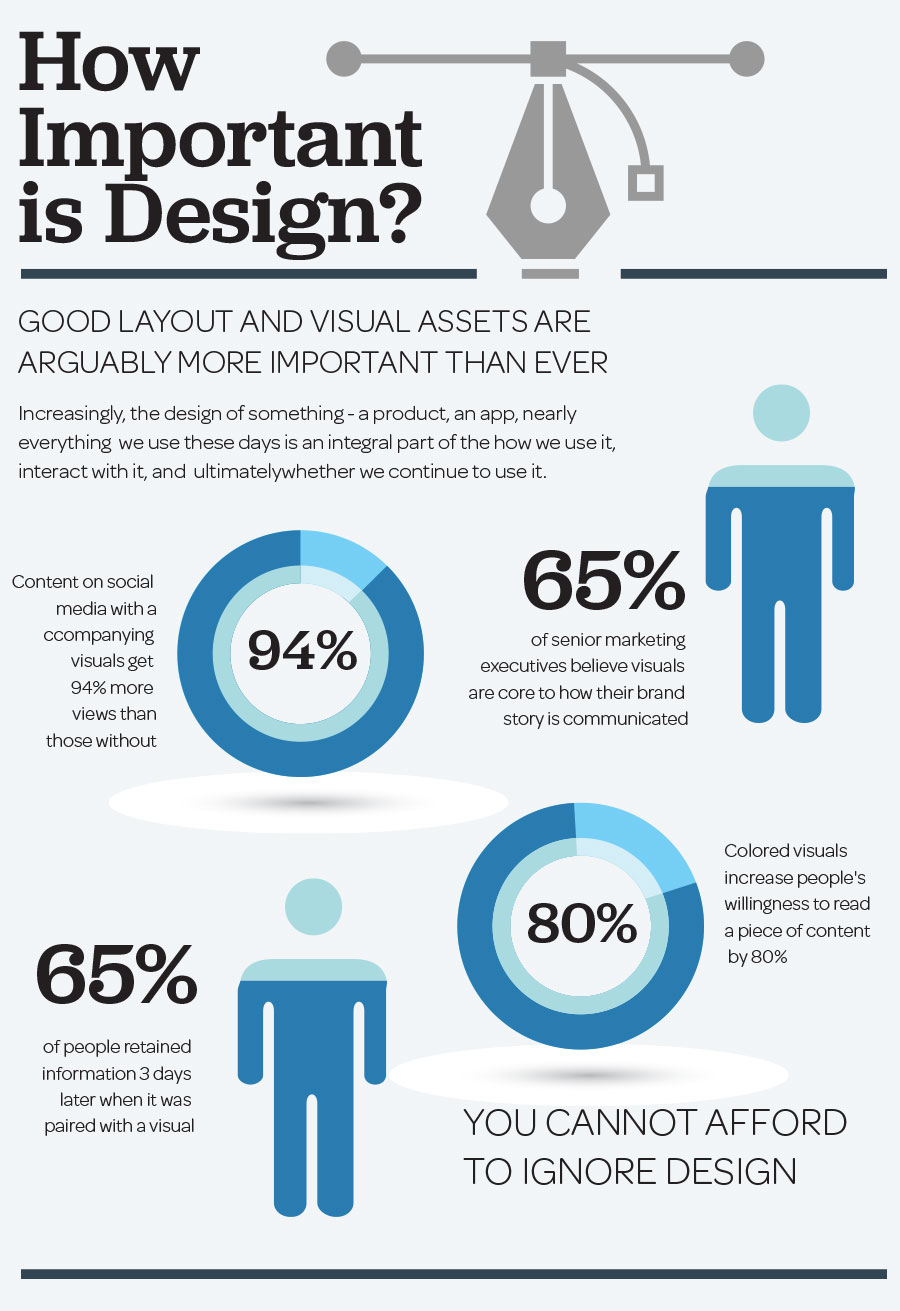A design solution is not a product in and of itself, but merely an idea or concept that allows you to work within the framework of your business. These are used by many designers, photographers, architects, Interior designers and others in their daily lives to help them achieve their goals. You can take many different types of designs and apply them to fit into your business. Some of the most common use of these are:
Designing a new business and making it successful takes more than just putting out a few good products. In order to do well and grow, you need to have a very good understanding of marketing, sales, customer service, finances, legal issues, human resources and many other important things. In order to do this, you need to understand the problem you are trying to solve and how best to present your solution to that problem. Many times the only way to get the required information is to use a process that helps you find the problem and then works with you to provide a creative and effective solution.
An example of this is a home decorator that has a hard time coming up with ideas for new home designs. Instead of pointing at a wall and figuring how it looks, they look at the problem. By being able to see the problem first, they are better able to figure out a solution for it. The same goes for finding a way to make money in a difficult economy, many people need a design solution to help them figure out what to focus on. So, next time you are asking the question “what is a design solution?” remember that it is much more than what you think it is.
What is a good design solution?
What is a good design solution? Web design that increasing my conversion rate. I know it is easier said than done but with hard work and dedication, you can increase your website’s conversion rates in no time at all. How do I know?
First, let me tell you the one thing you must have to drive traffic to your website. You need to have a really cool website. If your website is ugly, it is just not going to catch on. It may be because you are trying to compete with some of the top notch html5 websites out there or because you are in a niche field, which means you must make an impact.
Another thing you need to focus on your web development team is your design. I would recommend that they take a look at what people are saying about your website before they start adding content to it. A good design solution will have simple graphics and clean lines, something that screams quality. If your graphics are jumbled together, it will not only confuse your visitor, but it will also give them a headache when trying to navigate from page to page. People want to know what is on their screen and they don’t want to have to learn a whole bunch of code.
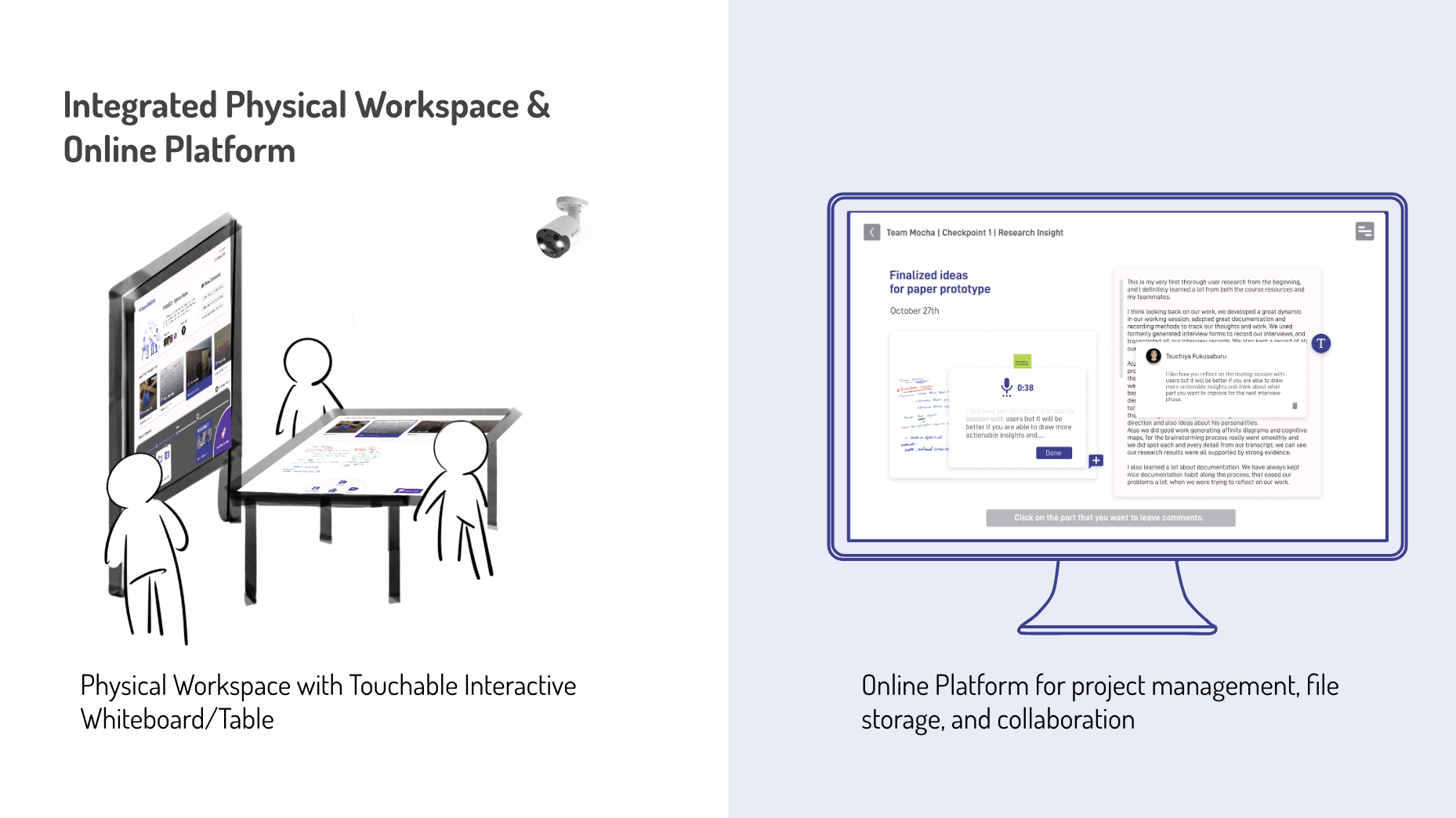
What are the requirements of a design solution?
What are the requirements of a design solution? Before designing a building or a product, an architect first evaluates the requirements of the clients. The requirements may include space, sunlight, ventilation, noise, soil condition, climate, parking, and many other things. All of these things are considered in the process of designing. After the demands of the clients have been considered, the architect can now define the kind of design solution that will be best for the building.
How long do we need to wait before the building can be built? In general, if you want to have a new building constructed or renovated, the construction company will inform you about the time it will take. Usually, the construction companies give a period of around three to six months. During this period, you will still find out more about what are the requirements of a design solution?
When you are about to start a project, it is better to find out more information about what are the requirements of a design solution? You can ask your architect about this. An architect will give you all the required details that you need in order to start a project and to finish it successfully. In addition, there are some things that you need to consider. For example, you need to decide whether you will use a steel construction or a concrete one.
